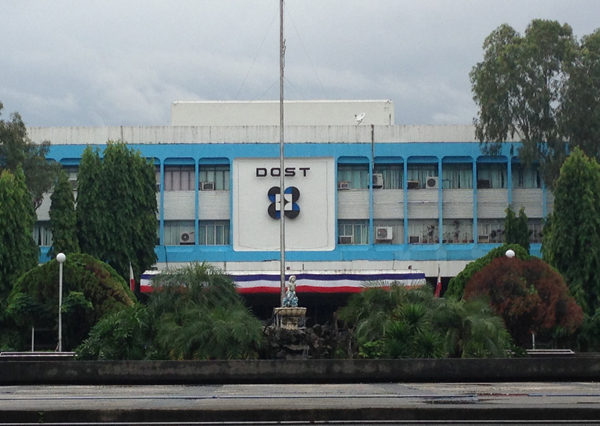Forty-three scholars who graduated with honors and secured top spots in licensure examinations were recognized by the Department of Science and Technology-Science Education Institute (DOST-SEI) during the celebration of the 2014 Southern Luzon Cluster Science and Technology Fair in Legaspi City, Albay.
During the ceremony, the honorees and the students who attended the event were encouraged to venture into S&T, whether in the industry, academe, or in the government.
“While salaries in the country may not be as high as those in other countries, just remember the service that you will bring to the Filipino people,” SEI director Josette Biyo said in a statement. “Also consider the contribution that you can give to the country by producing quality researches and developing efficient technologies that would make the quality of life better.”
During the ceremony, Biyo also announced availability of new scholarship slots as mandated by Republic Act 10612 or also known as the “Expanded Scholarship Act of 2013”.
Under the law, SEI will be providing 500 scholarship slots, beginning the second term of 2014, to incoming third-year college students enrolled in science, technology, engineering and mathematics (STEM) courses.
Another 1,000 new slots will be provided in 2015, bringing the total available slots for the undergraduate scholarship program to 4,500, Biyo said.
Scholars under this program shall be required to teach for two to three years in high school after graduation.
The law that led to the scholarship program aims to address the need for more science and math teachers in line with the implementation of the 6-year high school curriculum in the K to 12 Basic Education Program. DOST and the Department of Education signed the law’s Implementing Rules and Regulations in August.
Biyo also announced the expansion of SEI’s graduate scholarship program by increasing the number of consortium universities under the Accelerated Science and Technology Human Resource Development Program-Science Education Consortium (ASTHRDP-SEC) from four to ten universities.
“This consortium among universities aims to establish common graduate programs in science and mathematics education (SME) and to accelerate the development of critical mass of SME in these areas,” Biyo said.





